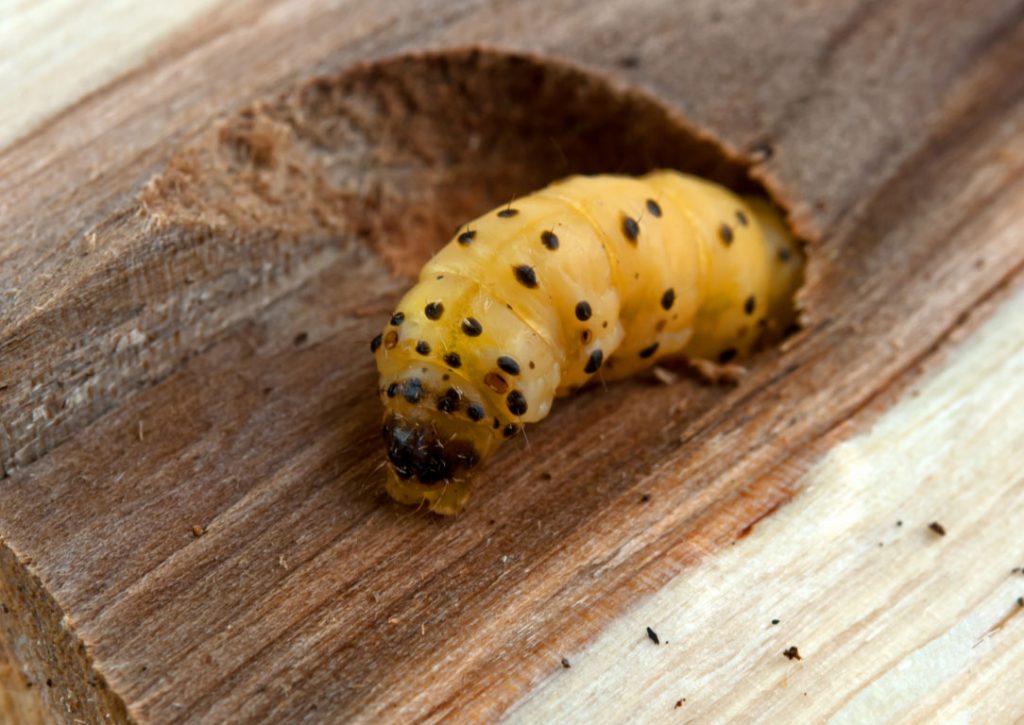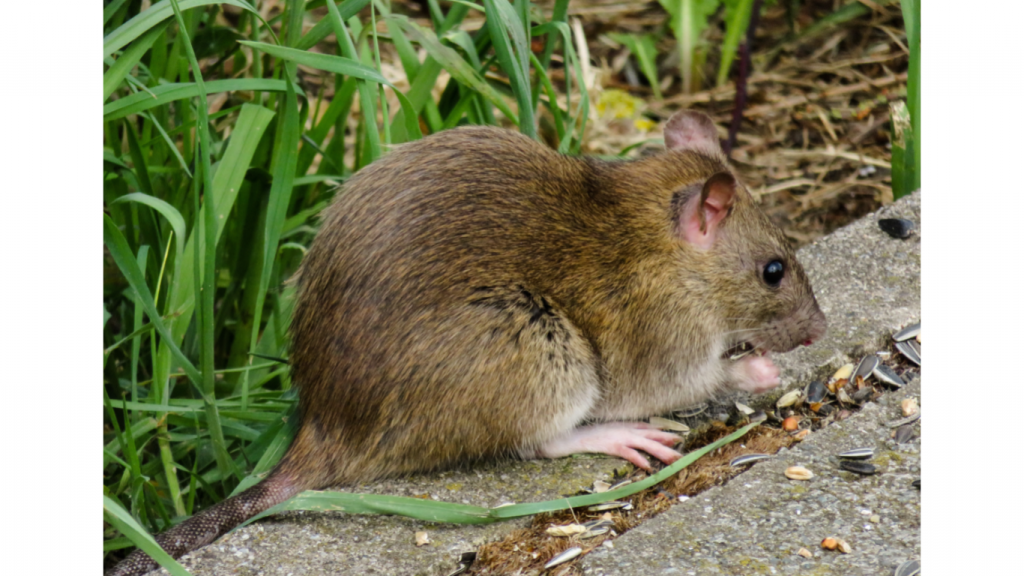Woodworm Pests

General Information
Average Lifecycle
The female beetle begins the cycle by laying her eggs directly into the timber through cracks, crevices and existing flight holes. She does this, rather than surface laying to protect them. After a few weeks the eggs hatch downwards into the timber and produce larvae – this is the worm stage of the infestation. The woodworm now begins causing structural damage. The worm, or larval stage, carries on for anywhere between 2- 5 years. In that time, the larvae eats its way up and down the timbers and causes the structural damage. It is at this stage in the life cycle that the frass, or dust, that is associated with woodworm is produced. Towards the end of its lifecycle, it forms a pupae chamber where it enlarges the tunneling towards the surface of the timber and pupates from the larval stage into an adult beetle. The adult beetle then eats its way through the last thin veneer of timber producing the round exit holes that you normally see. From here on in the beetle causes very little further damage to the timber. The adult females live for 10-14 days whereas their male counterparts only live between 3-4 days.
Quick Facts
Type: Insect
Diet: Wood and Fungi
Size: Holes 1mm to 1.5mm
Habitat: wooden items (normally part of a dwelling or the furniture in it)
Range: worldwide
Scientific name: Anobium punctatum
FUN FACTS
• The native Deathwatch beetle favours damp timber and therefore used to reside in old hospitals long ago. During quiet, sleepless nights their unique tapping sound could fill the night air, leading some superstitious folk to believe that this was the presence of death coming to take a life. However, it was merely just their mating call.
TREATMENT
Structural integrity is essential for both residential and commercial properties which is why a woodworm treatment survey would need to be carried out to establish the extent of the damage. On completion of the survey a treatment can then be tailor made to meet the requirements of your property
Give us a call: 0208 914 8285







